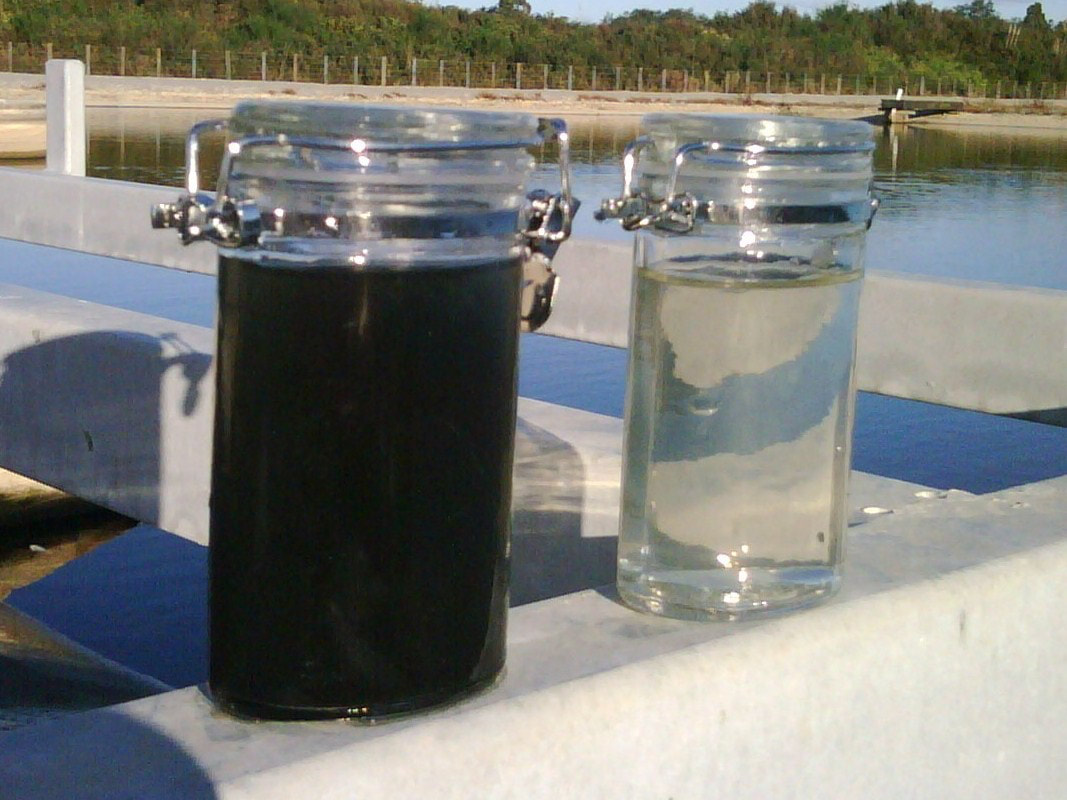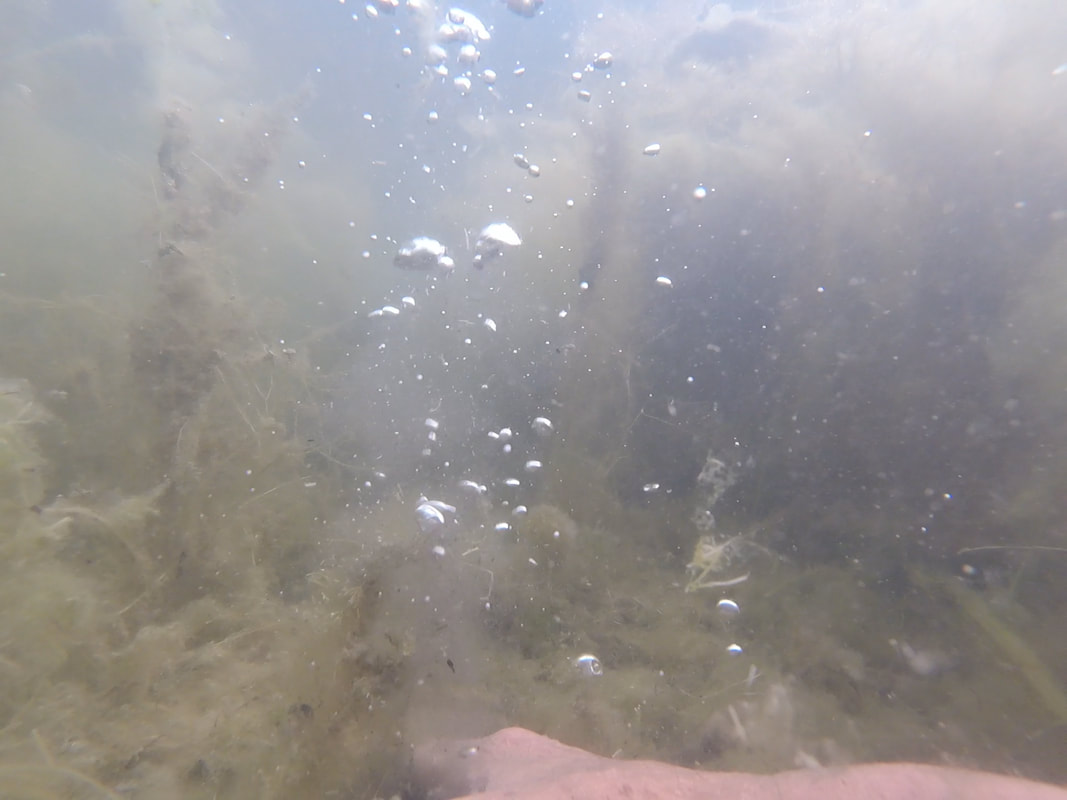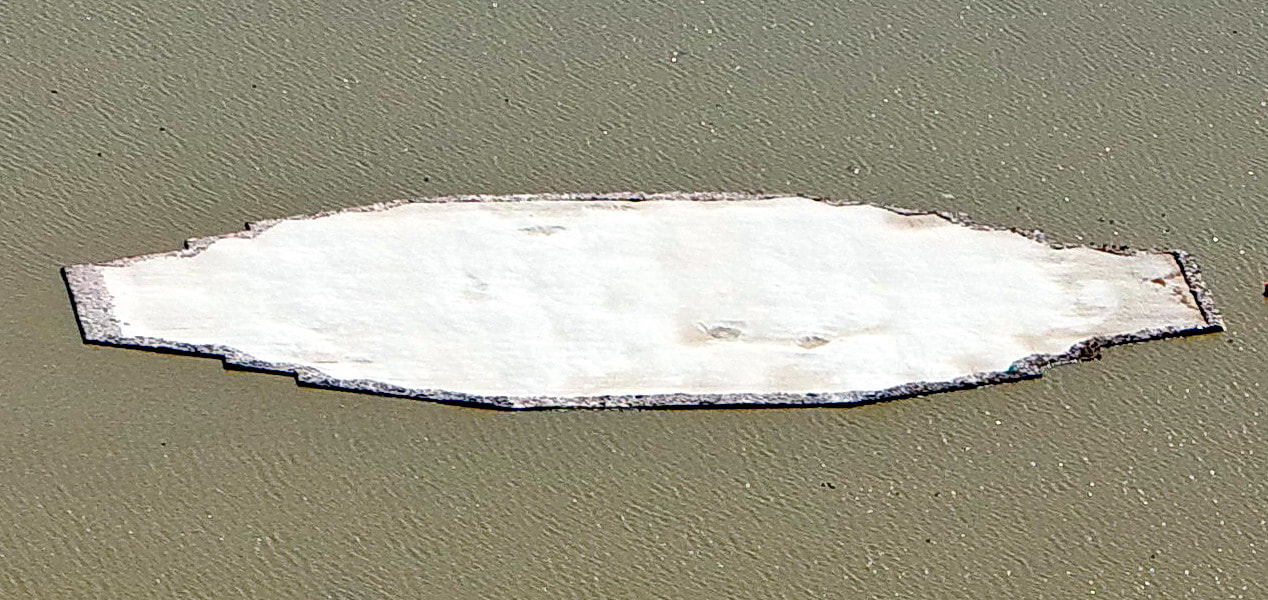Half of global methane emissions come from highly variable aquatic ecosystem sourcesJust a week ago some thirty countries, including the U.S., committed to reducing methane emissions by half between now and 2030. The commitment is based on limited data regarding “sources” of methane. The usual suspects, like methane being flared off natural gas wells, are primary targets. But the actual, largest single source of methane, isn’t being factored in. It is aquatic ecosystems, fresh water systems throughout the planet, including the freshwater lakes we hold so dear for our drinking water and recreation.
3 Comments
What will it take to reverse the pandemic downward spiral of eutrophication that otherwise results in HABs and methane?
We are pleased to announce that FII has been selected for a Dept. of Energy SETO Phase One SBIR grant award. The grant’s purpose is to develop and test a technology that will oxygenate nutrient-impaired water in off-grid settings.
When organic material, such as leaf litter, breaks down in water, the muck that accumulates breaks down slowly and can easily generate methane if the water doesn't have enough oxygen.
Is it true… can we grow new real estate and take a bite out of greenhouse gas emissions in the process?Who would challenge the obvious truth, the basic statement that “they aren’t making more real estate”? It’s clear in the general public’s mind that real estate is finite. Right? But is it? Since 2005, Floating Island International has “launched” 10,000 pieces of real estate around the planet - some large, some small, all of them representing new “land” that wasn’t there before. And these new islands actually grow over time, and as they grow, they fight climate change.
|
AuthorWrite something about yourself. No need to be fancy, just an overview. Archives
August 2023
Categories
All
|



 RSS Feed
RSS Feed